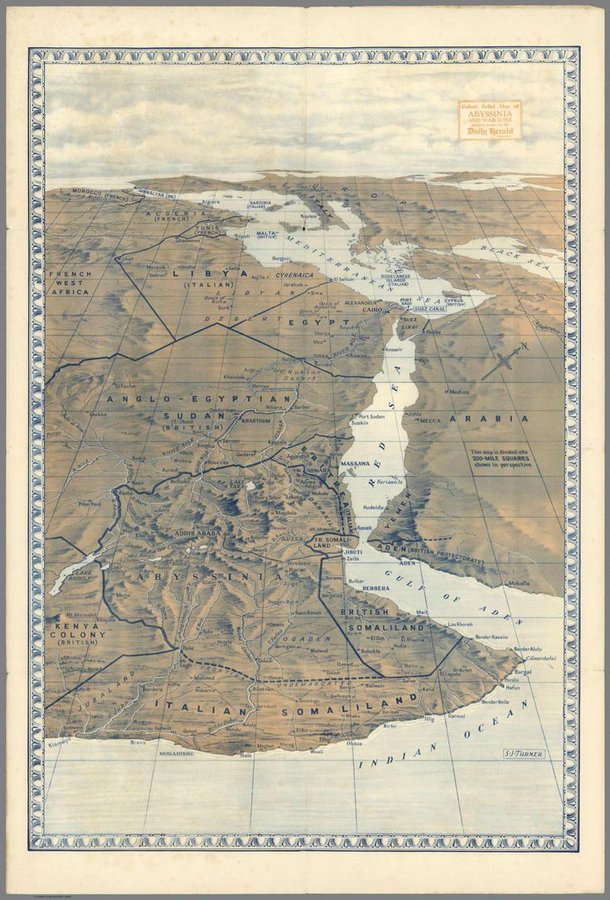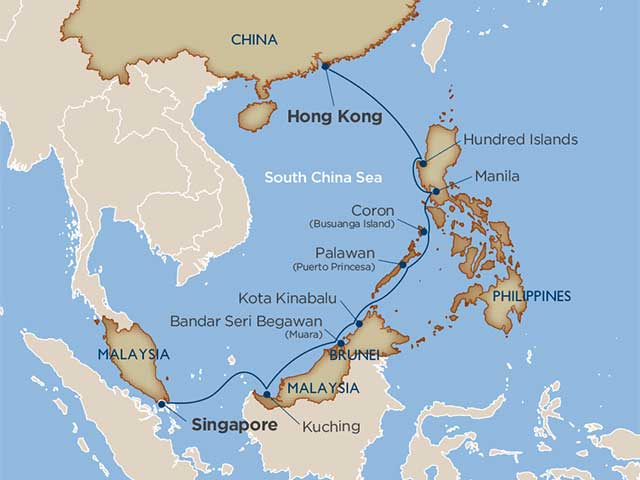On the morning of April 11, 1241 King Bela IV of Hungary, a large and prosperous kingdom, awoke near the small village of Mohi. With him were his younger brother Prince Carloman and the five leading prelates of the Hungarian Church, who doubled as military leaders. Around him a large army, the best of Hungarian fighters.
By sunset Carloman and the prelates would be dead, the army annihilated, and King Bela in flight for his life, a flight that would not end until the King found refuge on a small island in the Adriatic Sea, while his kingdom was overrun.
The Mongols had arrived.

Mongol expansion began during the reign of Genghis Khan (1206-27) during which he united the tribes of Mongolia, invaded north China, and conquered much of Central Asia. In 1222-23 he sent a large raiding force under the brilliant general Subutai to explore areas to the west. The raid swept through Persia and into and over the Caucasus, across the Volga and Don, where it encountered the forces of Kievan Rus (the first Russian state founded by Scandinavian adventurers), which the Mongols quickly destroyed. Then, they vanished back east.
Genghis was succeeded as Great Khan by one of his sons, Ogedei who, in 1235 ordered an attack on Kievan Rus to be carried out by one of Genghis' grandsons, Batu. In December 1237 the Mongol assaults began and Rus towns were sacked and destroyed one by one, culminating in the utter devastation of Kiev in December 1240. The destruction was total, with the populace either slaughtered, enslaved, or left in poverty to fend for themselves. Six years later a Papal envoy to the court of the Great Khan passed through the region and left this description:
They (the Mongols) attacked Rus', where they made great havoc,
destroying cities and fortresses and slaughtering men; and they laid
siege to Kiev, the capital of Rus'; after they had besieged the city for
a long time, they took it and put the inhabitants to death. When we
were journeying through that land we came across countless skulls and
bones of dead men lying about on the ground. Kiev had been a very large
and thickly populated town, but now it has been reduced almost to
nothing, for there are at the present time scarce two hundred houses
there and the inhabitants are kept in complete slavery.
It was the utter destruction of Kiev and other Rus cities, that led to the eventual rise of Muscovy, which had escaped the worst of the Mongol onslaught.
Even as Kievan Rus was subdued, the Mongols were planning their next advance, across the Carpathians and into the plains of Hungary; flatlands suitable for the maintenance of the large horse herds necessary to sustain their way of life. A permanent occupation was planned.
Hungary was ruled by the descendants of the Magyars, a steppe tribe which had attacked the area from the east in 895, quickly conquering the flat and fertile lands on either side of the Danube. For the next sixty years, Magyar raiders terrified Europe, attacking not only nearby neighbors in Austria, Germany, and Poland, but ranging as far afield as France, Italy, and even Spain (for more on this period, read Having A Bad Century). After being decisively defeated in 955, the Magyars settled down and began to be integrated into the European feudal structure and accepting Christianity by the end of the century.
The kingdom prospered, covering not only present day Hungary, but large portions of Romania, Slovakia, Croatia, and Slovenia. The king's annual income easily exceeded that of his counterparts in France and England.
Secure, and not comprehending the Mongol threat, Bela had not even bothered to respond to Batu's demand that he surrender his kingdom.
In early 1241, Subutai and Batu swept through Moldavia and Wallachia and into Hungary, reaching the outskirts of Pest on the banks of the Danube(1). However, the Mongols then began a withdrawal, giving hope to the Hungarians that they were discouraged and leaving the country. It was instead an elaborate trap.
When Bela awoke that morning he was unaware that just two days before another Mongol army had destroyed a Polish/Silesian army to the north. This Mongol force was a diversionary thrust, designed to keep Poland and Silesia from coming to the assistance of the Hungarians. On April 9, at Leignitz in southern Poland, Henry II, Duke of Poland and Silesia, died, along with most of his army.
The battle of Mohi was hard fought for most of the day, until the Hungarians finally collapsed in the afternoon. The Mongols left open an avenue for the retreat of their opponents, designed to string them out and allow them to be slaughtered at leisure. Though Bela escaped, almost all of his soldiers were killed.
After their triumph, the Mongols broke into separate columns pillaging and destroying towns. If they encountered any resistance, all in the town would be killed. Over the next few months, every town in Hungary fell to them, with the capital, Esztergom, being last in December 1241. However, because of their lack of siege engines, the Mongols were unable to capture the stone citadels and castles within many of the towns.
Another Mongol force rode in search of Bela, following his path all the way to the Adriatic, but always a step too slow.
What was to happen next? What happened was unexpected, at least for the Europeans who had experienced the Mongol assault. In March 1242 the Mongol army began its withdrawal from Hungary. It is still uncertain why. One theory is the death of Ogedei in December 1241 required all the Mongol blood princes to return to the capital in Mongolia to select a new Khan. Another is that, though the Mongol invasion had been successful, the costs were too high to maintain a presence in Hungary. Various other theories have been offered, but there is no consensus. The bottom line is the Mongols were gone.
By the time the Mongols returned in the 1280s, the Hungarians were prepared. Bela, who ruled until 1270, had noted how castles and citadels had held out, and fortified Hungarian towns much more strongly and the invasion was repelled.
The Mongols continued to dominated the Russian steppes for the next two centuries and extract tribute and obtain submission from the principalities in the wooded lands, such as Muscovy. Though they did not return for conquest further west, over the next quarter century, the Mongols occupied much of the Middle East, ending the Caliphate in Baghdad, occupying Syria, and coming within a few days march of Jerusalem. To the east, they completed the conquest of all of China, and attempted to invade Japan and Java. By 1270 they had established the largest contiguous land empire in human history.
-----------------------------------------------
(1) Opposite Pest, which lay on the Hungarian plains, was Buda on the hills west of the Danube. The towns were later combined to form Budapest. At the time, Hungary's capital was Esztergom, about thirty miles north of Pest. After the Mongol invasion, Bela transferred his capital to Pest.
 That Ignacio (Nacho) Varga would not make it to the end of Better Call Saul was clear. But it was very hard to see him go tonight. Unlike most of the characters in the series, as well as in its predecessor Breaking Bad, who devolve morally, Nacho tried to find the better path, though he was repeatedly thwarted. The deal he struck with Gus Fring allowed his father to remain safe but at the cost of Nacho's life, though in a final twist he went out in his own way.
That Ignacio (Nacho) Varga would not make it to the end of Better Call Saul was clear. But it was very hard to see him go tonight. Unlike most of the characters in the series, as well as in its predecessor Breaking Bad, who devolve morally, Nacho tried to find the better path, though he was repeatedly thwarted. The deal he struck with Gus Fring allowed his father to remain safe but at the cost of Nacho's life, though in a final twist he went out in his own way. Came across this fascinating 1938 map on the twitter feed of
Came across this fascinating 1938 map on the twitter feed of 



 Among the former ballplayers I enjoy checking in on occasionally on twitter are Fergie Jenkins and Rod Carew. Reading seven time batting champ Carew's feed yesterday I was reminded of a game in Fenway in which Rod got three hits and made it look easy.
Among the former ballplayers I enjoy checking in on occasionally on twitter are Fergie Jenkins and Rod Carew. Reading seven time batting champ Carew's feed yesterday I was reminded of a game in Fenway in which Rod got three hits and made it look easy.